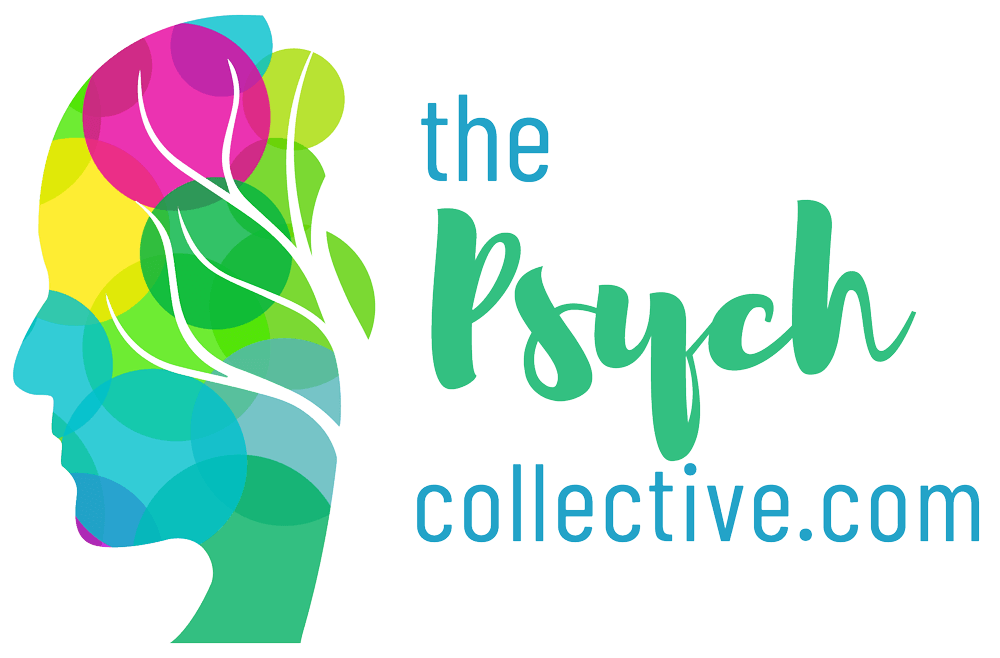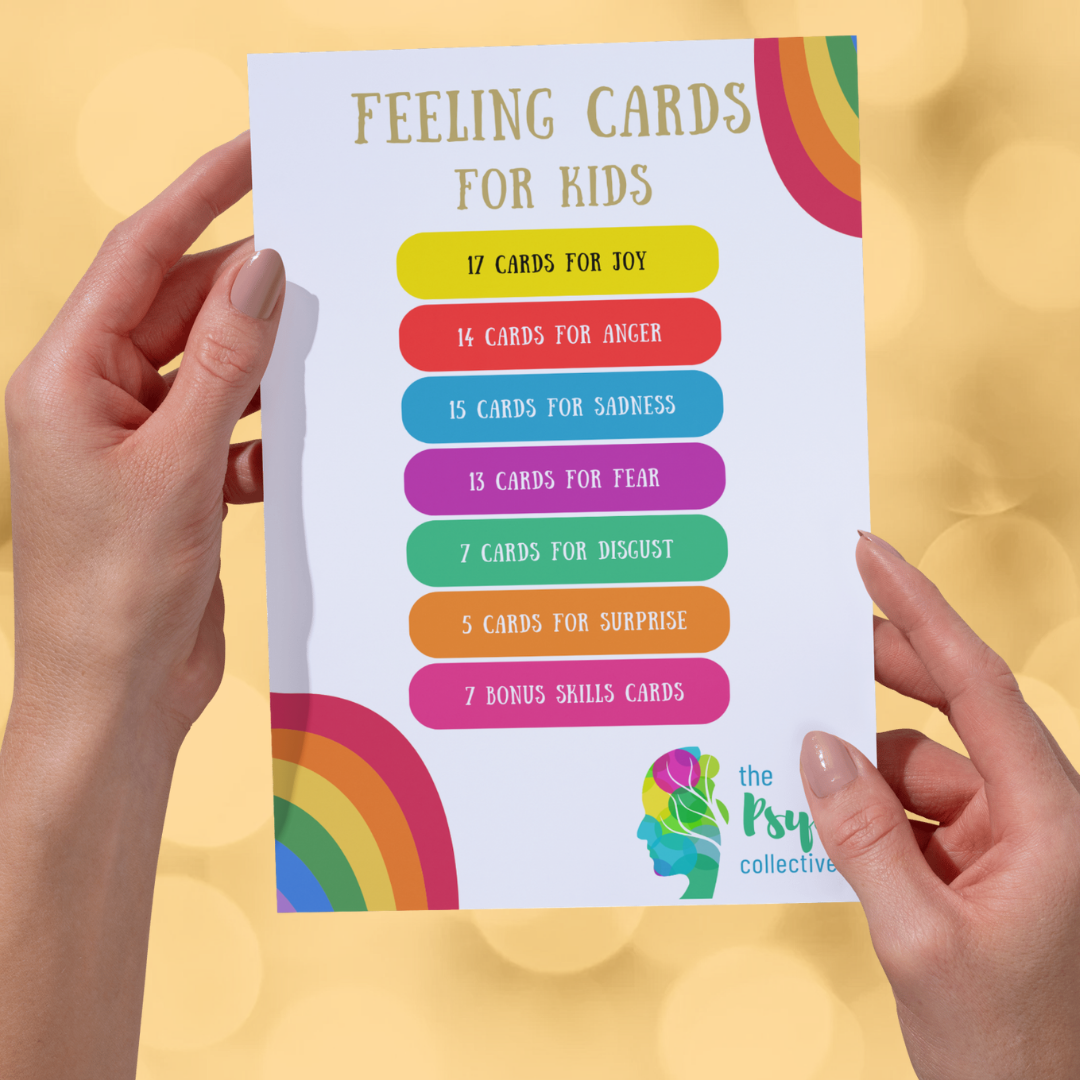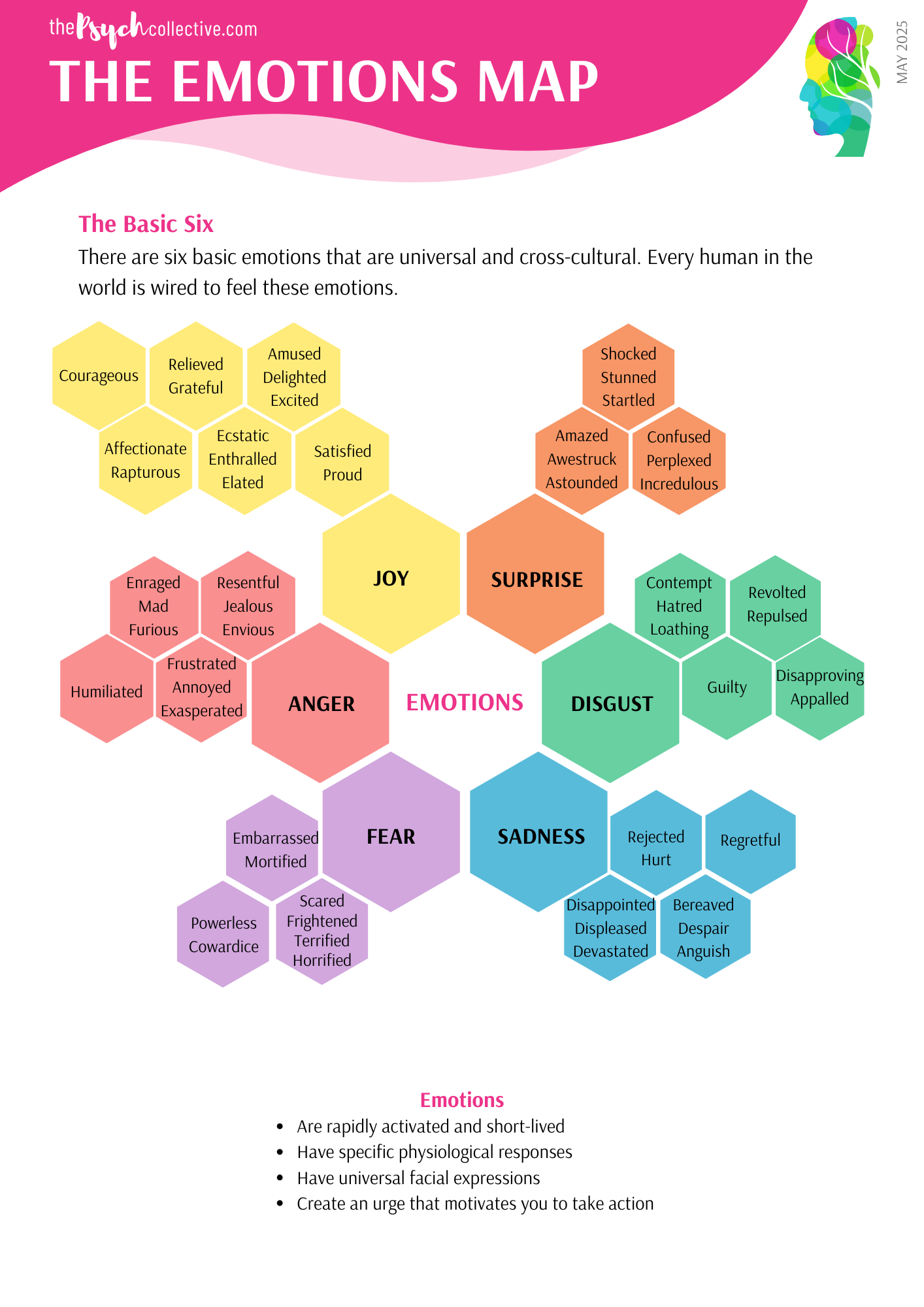Anger: the Family-Destroying Demon of PTSD
Emotional fatigue makes it hard to stop the demon from emerging. Upgrade your brain with an anger early warning system.

One of the hardest things about PTSD is how it changes you. Once, you were the calm, steady hand in the family. But now, your nerves are on edge, and the smallest things can set you off. Anger can be with worst part of PTSD. Things that never used to bother you—kids playing, a TV left on, a frustration about some reservations —now overwhelm you, like an assault. This isn't just about being irritable; it's about being on edge all the time, with no off switch.
You think it's bad now? It will get worse if you don't address it.
That emotional and mental fatigue you're feeling? It’s real, and it strips away your patience. The subtlety you used to have, that ability to keep a lid on things, is gone. What comes out instead are harsh words and cutting responses that can cause wounds to your relationships.
Possessed by Anger: The Demon Comes Out
When you become angered, it’s almost like you’re possessed by the spirit of the anger. You do or say things you would never do or say if you were calm. It’s like a demon comes out through your words and actions, and this demon seems hell-bent on destroying your family. While this demon cannot be exorcised completely, you can learn to control it so it doesn’t possess you. So it doesn't destroy your family.
Emotional Fatigue
PTSD puts you on a rollercoaster of negative emotions. The hyperarousal is exhausting, the anxiety is intense, and the lows are crushing. Over time, this leads to something called emotional fatigue. It’s not just about being tired; it’s about being emotionally worn out. Your capacity to keep raw emotions in check is shot. You’re more sensitive, way more irritable, and less able to give a damn about things you once cared about deeply or enjoy the thing you used to enjoy.
When you're emotionally fatigued, the smallest things can push you over the edge. You’re less agreeable, more likely to snap, and prone to empathy lapses. The result? The demon comes out easily. You become someone who’s more difficult to live with, and that takes a toll on everyone around you.
Those Horrible Moments:
The Distress Cycle Explains the Anger Process and helps you see the demon coming - An early warning system.
Here’s the thing about anger: it doesn’t just come out of nowhere. It’s part of a cycle: The Distress Cycle. This process explains why you react the way you do. It all starts with an event causing a snap judgment. A snap judgement is a subconscious shortcut your brain takes to quickly assess a situation. But when you’re emotionally fatigued, these snap judgments are more likely to be exaggerated unhelpfully .
Here’s how The Distress Cycle works (also refer to the diagram below):
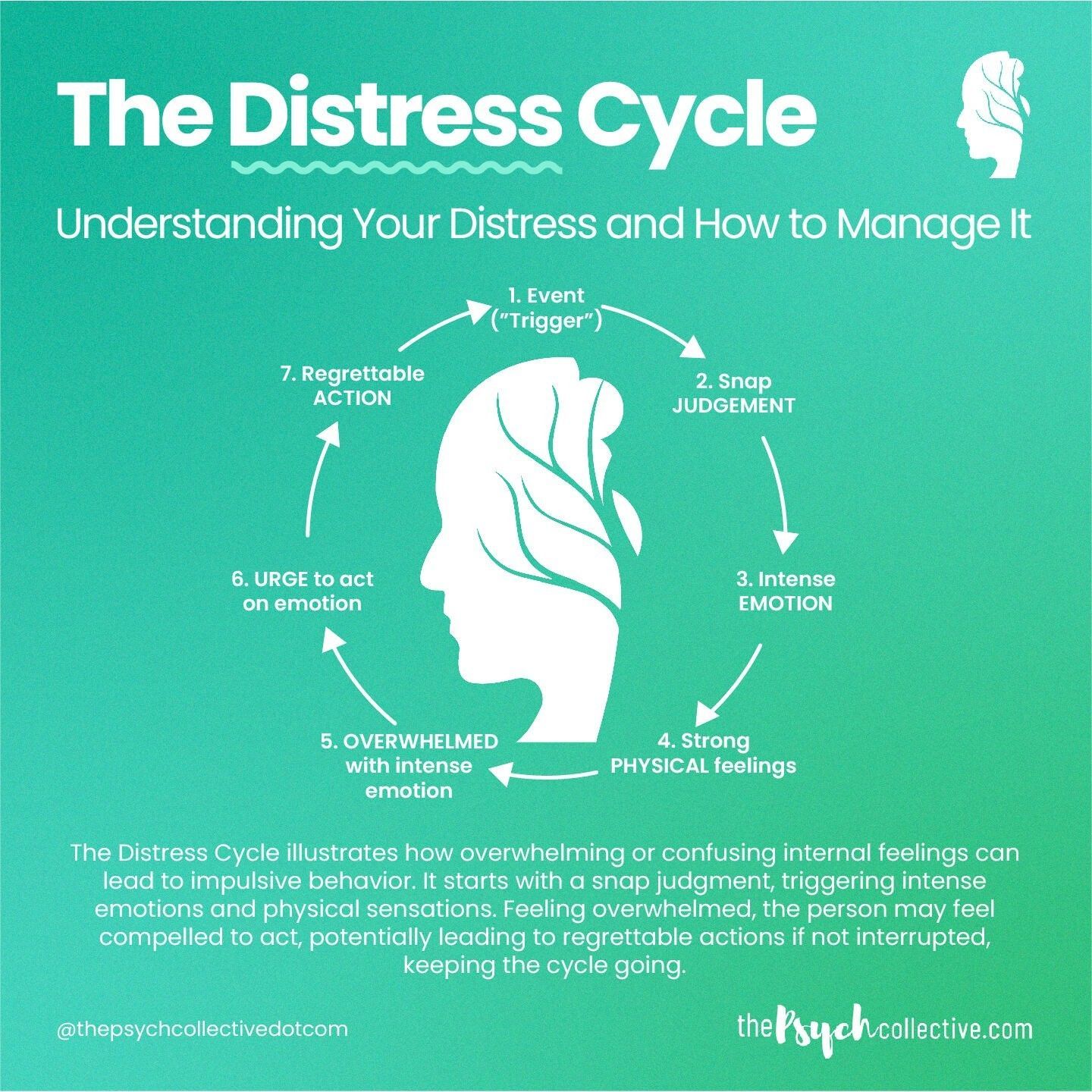
First Lap
- Event: Something happens—maybe something small, like a comment from your partner.
- Snap Judgment: Your brain quickly interprets this event, often jumping to the worst possible conclusion.
- Emotion: That judgment triggers a strong emotion—anger, frustration, which gets adrenaline going.
- Physical Symptoms: Your body responds to the adrenaline—your heart races, your muscles tense up, your fists and jaw clench.
- Emotion overwhelm: The adrenaline on top of the emotions leads to an intensification of the anger. Anger can intensify to rage (anger to rage, fear to terror, sadness to despair).
- Urge to act: You feel an overwhelming urge to act on the emotion. Anger/rage causes an attack urge. It’s like a demon is on the verge of possessing you.
- Regrettable Action: You act on that urge; it’s something you wish you hadn’t done—a verbal attack is common, but it might be worse. It’s like you were possessed for that moment.
It's not over yet.
Second Lap
- Event: That verbal attack you just did is the new event. You’ve just yelled about something trivial, and now your evening has gone from bad to much worse.
- Snap Judgment: Often self-recrimination—“I’m broken, I’m deeply flawed.”
- Emotion: Sadness. If intense, then there’s adrenaline and despair, isolation, or even suicidal ideation because the suffering seems inescapable.
- etc
Understanding this cycle is crucial because it gives you a chance to interrupt it before it spirals out of control. It helps you learn how to tame the demon (we’ll show you the way below). I don't know a more effective way out of the trap of anger than to use the Distress Cycle as the scaffold to stop being possessed by anger.
Approaches to Addressing Anger
Medications May Help for a While
SSRIs (antidepressants) can reduce sensitivity and irritability, but tolerance to them means that this effect is usually temporary. Chasing higher doses isn’t a sustainable solution. Tolerance usually means a break is needed, but rebound worsening of irritability can be an issue. So don’t count on it as the enduring solution. But they might help you do the work to achieve the real solution: metacognition.
Cognitive Behavioural Therapy
Cognitive Behavioural Therapy (CBT) is a talking therapy approaches that is helpful for many. CBT needs a psychologist who is skilled at working with PTSD and anger. Supportive therapy, the most common way CBT is employed (in Australia) is not very helpful for anger.
Mindfulness
Mindfulness is excellent for anger, but the difficulty with mindfulness approaches in PTSD is that when one attempts to still the mind, one can be flooded with trauma memories. This interferes with mindfulness practice making it impossible for many.
Metacognition: The warning that anger is about to possess you.
The Power to Stop the Demon from Possessing You.
The Distress Cycle is the best tool you can master to take control of yourself. By performing an “anger autopsy” after any episode of anger, you will get much better at recognizing anger before you act on it regrettably. Metacognition is the real-time insight into what’s happening in your head. It can help you keep the demon from coming out in that critical moment. It functions as a warning system that anger and regrettable action is immanent.
Dedicate yourself to understanding and embodying the Distress Cycle if you want to stop the demon from coming out. Memorize the Distress Cycle and do an anger autopsy using a Distress Cycle worksheet after any anger. The more you do this, the more capacity you will have to prevent the demon from coming out. Doing it once will accomplish nothing. You may need dozens of reps before it starts to impact metacognition. The install takes work to stick. Are you committed to change or just paying lip service to change? The anger autopsy that is the Distress Cycle work sheet will turn anger episodes into growth opportunities: anger becomes a means of change, rather than just a means of destruction. You will develop the capacity to gracefully exit the situation rather than letting the demon destroy your family.
There are many skills you can overlay on the Distress Cycle to lessen sensitivity and improve your predicament. If you want to do a deep dive on how all this works, you can check out our online course, Surviving Distress. It's wise to do this with your partner so you learn a common language, which will help with communication about this. This will help you both understand the processes and the skills so you can approach the issue of anger as a unified team. Such a united approach is the remedy the toxic default of "apologetic aggressor" versus "aggrieved victim". No one wants to be either of those positions, better to be a partnership: united to solve a problem.
Install the Distress Cycle into your brain by memorising the Distress Cycle and by doing the Distress Cycle worksheets.
I wish you well on this journey to subdue the demon of regrettable anger.
Share
Categories
About Our Resources
We offer actionable resources and teach real skills to help people make meaningful change in managing mental health issues through different modes depending on people's learning preferences including infographics, text, worksheets, handouts and video.
